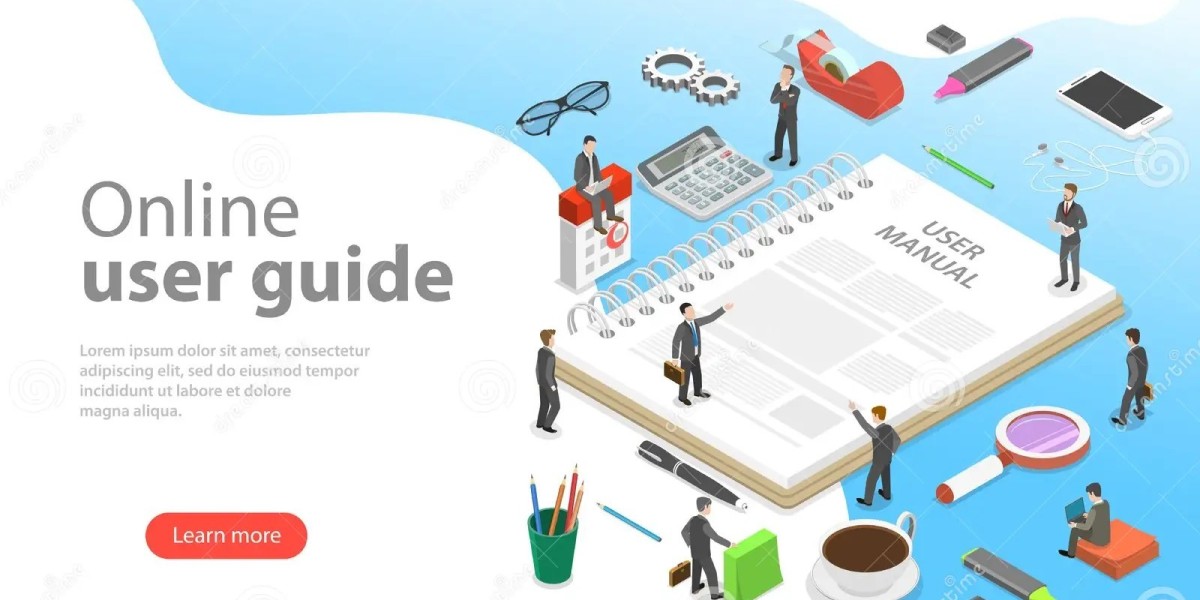One key resource is the online manual, which serves as a vital tool for users who may not speak the primary language in which a product is designed. Online manuals empower multilingual users by offering guidance and support in multiple languages, thereby enhancing user experience and product usability. This article explores the importance of online manuals, focusing on notable examples like the Daewoo manual, QSC manual, and ESI manual.
Understanding the Importance of Multilingual Online Manuals
Online manuals are invaluable for users who require assistance with complex products, ranging from appliances to audio equipment. A well-structured online manual can alleviate confusion and streamline the troubleshooting process. For multilingual users, having access to manuals in their preferred language is not just a matter of convenience; it is often necessary for effective understanding and safe operation of a product.
Multilingual manuals help eliminate potential hazards that could arise from language misinterpretation. For example, a user trying to set up a Daewoo appliance may encounter specific safety precautions or operating instructions that are critical to the product's safe use. By providing a Daewoo manual available in various languages, the manufacturer ensures that users can understand these crucial details without ambiguity.
Key Features of Multilingual Manuals
Online manuals come equipped with various features that enhance user accessibility and comprehension. Here are some of the most important aspects:
![]()
Accessibility
One of the primary advantages of online manuals is their accessibility. Users can easily access manuals through websites or apps, eliminating the need to search for physical copies. This is particularly helpful for users who may lose the printed manual or need immediate assistance.
Search Functionality
Many online manuals include a search function that allows users to quickly find the information they need. Whether users are looking for troubleshooting tips, installation instructions, or maintenance guidelines, the ability to search can significantly reduce frustration. A QSC manual for example, may offer a search feature that lets audio technicians locate specific instructions about their sound equipment swiftly.
Visual Aids
Effective online manuals often incorporate visual aids such as diagrams, images, and video tutorials. These elements help bridge any language gaps by providing context that is understandable regardless of the reader's primary language. An ESI manual that includes step-by-step images can assist users in navigating complex configurations, ensuring they remain confident in their tasks.
The Role of Translation and Localization
Translating and localizing manual content is not merely about converting text from one language to another. It involves adapting content to resonate culturally with the target audience. This is particularly significant for online manuals since users come from diverse backgrounds and have varying levels of technological proficiency.
Cultural Relevance
For instance, a Daewoo manual written for users in South Korea may contain regional references or idiomatic expressions that could confuse a user in another country. A culturally relevant translation ensures that the message is clear and relatable. Professional translation services often take this into account, ensuring that critical instructions are delivered in a way that makes sense to users, regardless of their geographical location.
User Feedback and Continuous Improvement
Online manuals can benefit from user feedback to help improve translation quality over time. Multilingual users can report confusing sections or suggest better translations. This collaborative approach ensures that manufacturers can continuously improve their manuals, providing better resources for future users. For example, a QSC manual could leverage user insights to refine technical jargon into simpler terms, enhancing clarity.

Future Trends in Online Manuals
The future of online manuals is likely to be shaped by technological advancements, including artificial intelligence and interactive features.
Interactive Manuals
One emerging trend is the development of interactive online manuals. These manuals could utilize AI to provide personalized assistance, guiding users through setup or troubleshooting processes in real time. Such tools could adapt to a user’s proficiency level, ensuring that both novice and experienced users receive the support they need.
Augmented Reality (AR)
Another exciting trend is the integration of augmented reality into online manuals. By using AR technology, users can visualize complex procedures directly in their physical space. Imagine using a smartphone to scan a QR code on a Daewoo appliance, which then displays a 3D model illustrating the installation process. This level of engagement can significantly enhance user understanding, particularly for multilingual users who may struggle with text-based instructions.
Conclusion
Online manuals serve as an essential resource for multilingual users, bridging language barriers and ensuring safe, effective product use. With manufacturers like Daewoo, QSC, and ESI prioritizing accessible documentation, users worldwide can navigate their products with confidence. As technology advances, the potential for interactive and AR-enhanced online manuals promises an exciting future for user support. By continuously improving translation quality and incorporating user feedback, manufacturers can ensure that their online manuals remain valuable assets for a diverse global audience.








